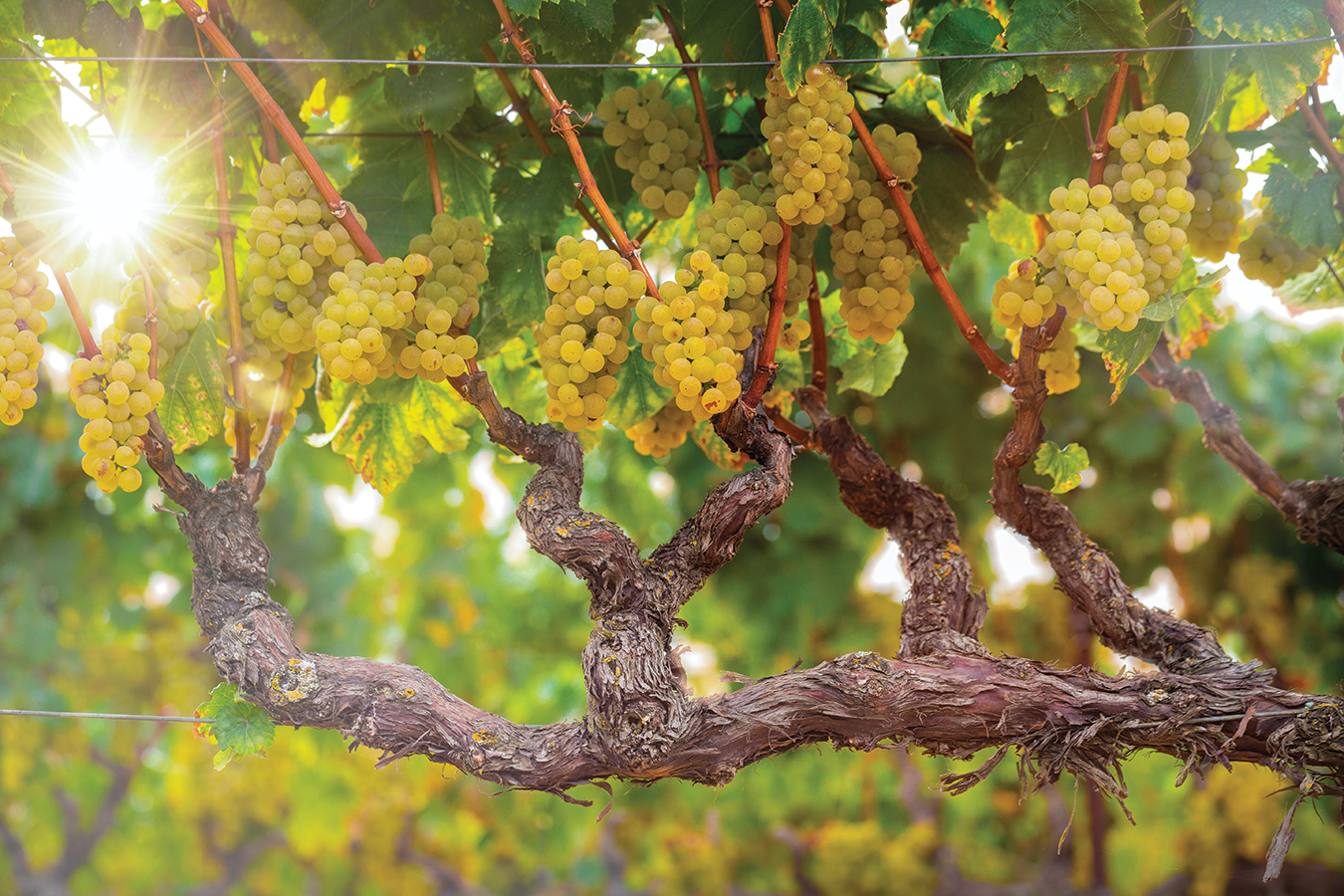Researchers see food value in chardonnay leftovers

Researchers at the University of California, Davis, say grape skins and seeds, which usually go to waste during the making of chardonnay wine, could be monetized as a healthful and potentially valuable ingredient in new food products.
In a review paper published by the Journal of Agricultural and Food Chemistry, researchers outlined how chardonnay marc can serve as a model for developing plant-based natural product food ingredients. They said their findings may present a profitable opportunity for upcycling agricultural byproducts after harvest.
“Chardonnay marc is a trifecta of health, taste and sustainability,” Roberta Holt, associate researcher in the UC Davis Department of Nutrition and lead author of the paper, said in a statement.
According to the journal article, the 2021 California wine crush alone generated 121,600 tons of chardonnay wine grape marc. That was derived from more than 3.8 million tons of winegrapes on a fresh weight basis at an average price of $975 per ton.
The article said, “There is potential interest for chardonnay marc as a co-product or a desirable secondary product, similar to that of whey as a co-product for cheese making.”
Holt said grape marc, which is the remaining pulp, skin and seed after pressing, is an underused byproduct of chardonnay winemaking. “What’s interesting about chardonnay marc is that it’s full of these valuable compounds that can potentially be used in the food system,” he said.
The journal article noted that grape marc contains high levels of flavanols, which have been shown to have positive effects on the cardiovascular system.
Researchers say studies indicate the presence of other healthy bioactives, such as oligosaccharides, a class of indigestible carbohydrate, may help build a stronger immune system and improve abdominal health.
“We have to become smarter about how we are harvesting value from the byproduct so that we can help the sustainability of the industry and still get the bioactive ingredients that are needed for addressing some of the chronic health issues like cardiovascular disease, obesity and diabetes,” Daniela Barile, a UC Davis food science and technology professor, said in a statement.
Barile is one of the co-authors of the Journal of Agricultural and Food Chemistry report.
UC Davis researchers have been building on years of studies into the health benefits of the concentration of certain naturally occurring compounds in chardonnay marc. Their work on chardonnay marc is part of a collaborative effort by UC Davis, the U.S. Department of Agriculture Agricultural Research Service and Sonomaceuticals, which helped fund the project.
Sonomaceuticals developed a process to dry and mill the grape marc and created WellVine Chardonnay Marc, an ingredient that can be added to food products. Vine to Bar, a line of dark chocolate products released earlier this year, contains 15% grape marc.
“Here’s a product that makes you feel good knowing that you are making a positive social impact and supporting agriculture, and it’s good for your health and it tastes good,” said Selina Wang with the Department of Food Science and Technology and one of the journal article co-authors.
Wang added in a statement, “Consumers literally have the opportunity to taste the difference UC Davis research is making.”
Holt said the team of UC Davis researchers plans to start clinical trials this year to demonstrate the impact of any dietary bioactive from chardonnay grape marc on human health.




